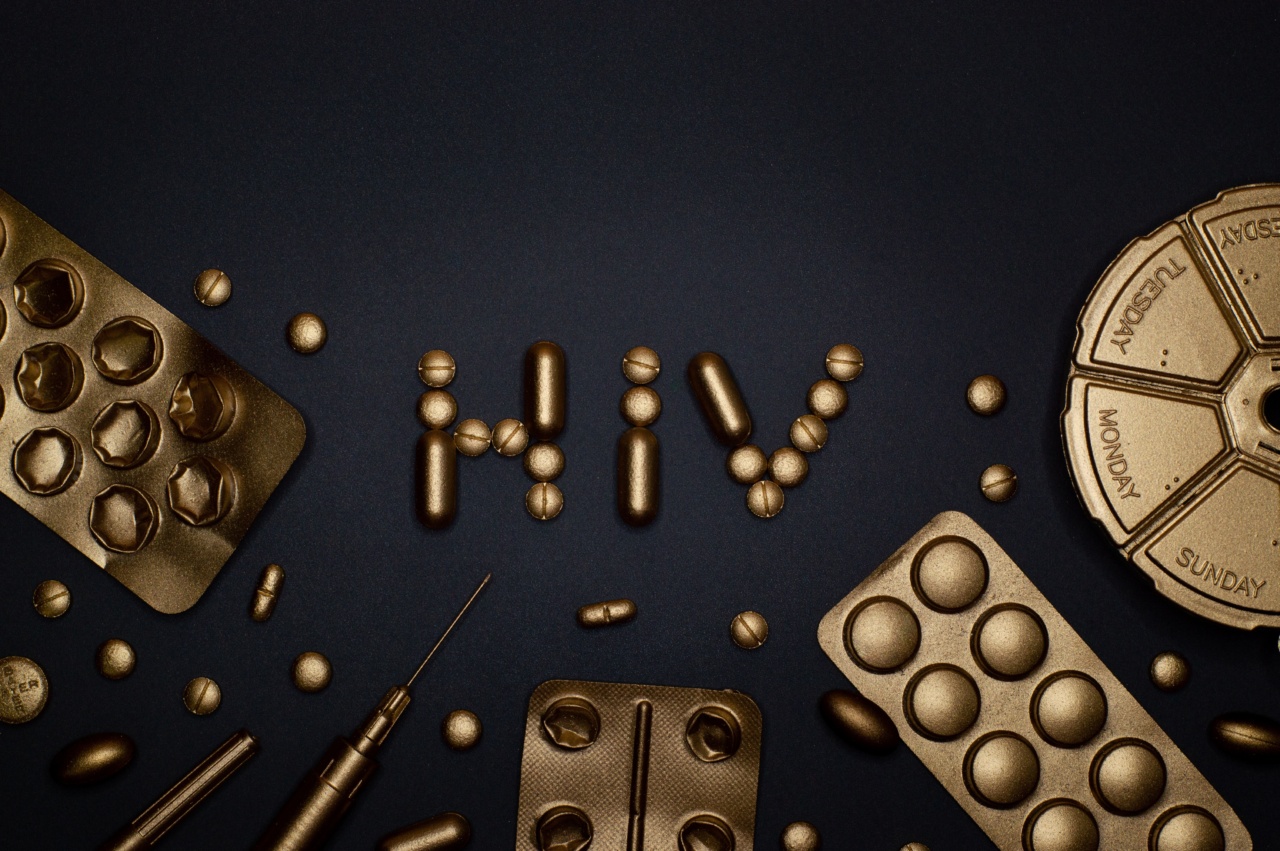HIV has been one of the deadliest viruses on the planet, with no real cure to date. However, researchers have been working hard to develop new therapies that can completely eliminate the virus.
Recently, a new therapy has emerged that shows great promise in completely eradicating HIV from the body.
What is HIV?
HIV, or Human Immunodeficiency Virus, is a virus that attacks the immune system. It is transmitted through bodily fluids like blood, semen, vaginal fluids, and breast milk.
HIV weakens the immune system over time, making it harder for the body to fight off other infections and diseases.
Current Treatments for HIV
There are several medications that are used to treat HIV, but they do not completely eliminate the virus from the body. These medications work to reduce the amount of HIV in the body, which in turn slows the progression of the disease.
The medications used to treat HIV are called antiretroviral therapy (ART). ART involves taking a combination of medications that target different parts of the virus.
Over time, ART has become more effective and better tolerated, which has helped improve the quality of life for people living with HIV.
The New Therapy for HIV
The new therapy for HIV is called CRISPR-Cas9. This therapy uses a gene-editing tool called CRISPR-Cas9 to target the HIV virus and eliminate it from the body.
CRISPR-Cas9 is a complex system that works by identifying and cutting out specific sections of DNA.
The CRISPR-Cas9 therapy for HIV involves taking blood cells from a patient and then using the gene-editing tool to remove the HIV virus from the cells.
The edited cells are then infused back into the patient’s body, where they can work to eliminate the virus.
Research on the CRISPR-Cas9 Therapy
Research on the CRISPR-Cas9 therapy for HIV is still in the early stages, but the results so far have been very promising. In a recent study, researchers used the therapy to completely eliminate the virus in mice that had been infected with HIV.
The researchers also tested the therapy on human cells in the lab. They found that the therapy was able to remove the virus from the cells in lab dishes. This is a significant step forward in the development of a cure for HIV.
Challenges of the New Therapy
While the new therapy for HIV is showing great promise, there are still many challenges that need to be overcome. One of the biggest challenges is making the therapy safe for human use.
Gene editing is still a relatively new field, and there are concerns about the safety of CRISPR-Cas9. The therapy could potentially cause unintended changes to the patient’s DNA, which could lead to serious health problems.
Another challenge is making the therapy affordable and accessible to everyone who needs it. HIV is a global problem, and many people living with the virus do not have access to the medications they need to stay healthy.
The Future of HIV Treatment
The development of the CRISPR-Cas9 therapy is a significant step forward in the fight against HIV. If the therapy can be made safe and effective for human use, it could potentially be used to cure HIV.
However, it is important to note that the CRISPR-Cas9 therapy is still in the early stages of development. More research is needed to fully understand its potential and determine how it can be used to treat HIV.
For now, the current treatments for HIV remain the best option for people living with the virus. ART has been very effective in controlling the virus and improving the quality of life for people living with HIV.
Conclusion
The development of a cure for HIV has been a long and challenging road. However, the new CRISPR-Cas9 therapy shows great promise in completely eradicating the virus from the body.
While there are still many challenges that need to be overcome, the future of HIV treatment looks promising.






























